The home of When the Camellia Blooms and Hometown Cha-cha-cha
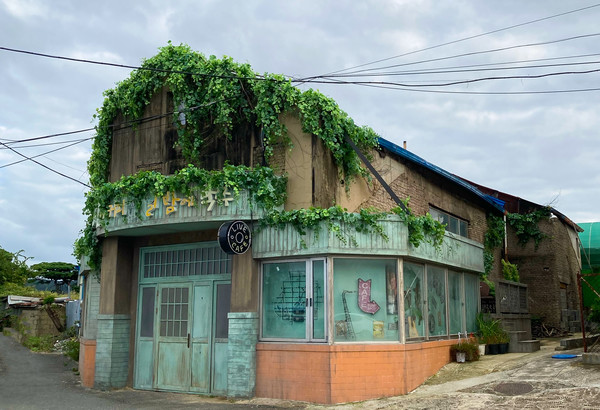
IN FRONT of a uniquely designed café, people stand in line—not for a cup of coffee, but to take pictures. This has become a common sight in Cheong-ha si-jang[1], the actual setting of Gong-jin si-jang from a popular romantic-comedy drama, Hometown Cha-cha-cha. A similar sight can be seen at Gu-ryong-po Japanese House Street, the setting of Ong-san Food Street from the drama When the Camellia Blooms. As the filming locations of successful dramas continue to grab the attention of tourists, residents and the local governments are now preserving the drama sets and filming locations as a way to revitalize small towns.
Both When the Camellia Blooms and Hometown Cha-cha-cha are dramas that were filmed mostly in Pohang-si, a seaside city near Busan-si. The dramas share a commonality in that both are about people living in a fictitious seaside village, away from the cities. The dramas’ homely settings led people to find When the Camellia Blooms and Hometown Cha-cha-cha entertaining and heart-warming. The friendly neighborhoods depicted in the dramas remind people of Korea's jeong[2] culture, and the rural setting offers a peaceful, tranquil ambience. Ultimately, the generally uplifting nature of these productions has rendered viewers to become very invested in their plot. Although the shows might have ended, they are compelled to “enter” the lives of the fictitious characters even after the show. Hence, the successful preservation of the drama sets has become an impressive local attraction.

When the Camellia Blooms : Gu-ryong-po Japanese House Street
When the Camellia Blooms follows the story of Oh Dong-baek, a single mother who newly opens a bar named Camellia in Ong-san, a fictional village. As an orphan who has now become a single mother, Dong-baek is determined to go against all odds and lead a happy life. The plot thickens as she is soon revealed to be a local serial killer’s next target. In the process of catching the serial killer, Dong-baek gradually falls in love with Hwang Yong-sik, a police officer in Ong-san, and gains support and protection from her Ong-san neighbors.
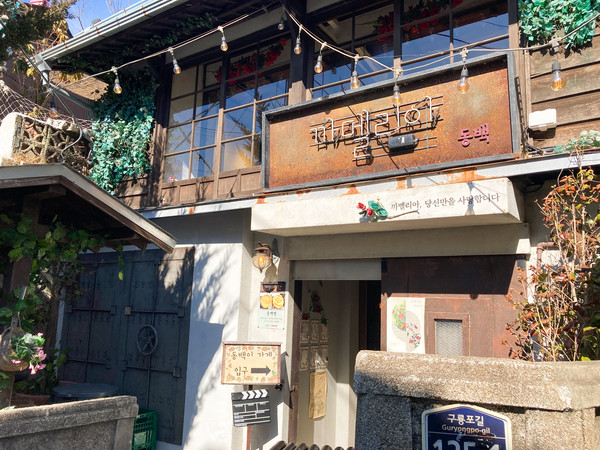
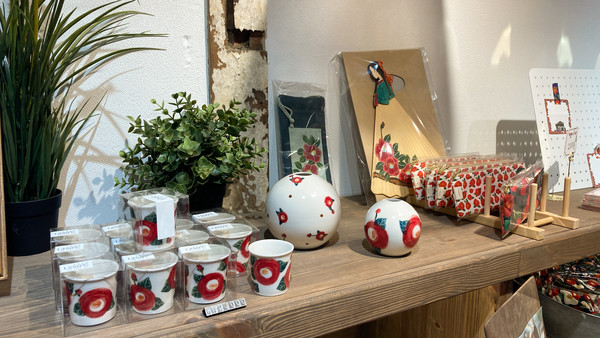
Central to Ong-san and the main backdrop of the drama, Ong-san Food Street is where all the stores and markets are located; the first few episodes portray newcomer Dong-baek’s conflict with the store owners at this marketplace. In Gu-ryong-po Japanese House Street, the actual setting of Ong-san Food Street, one can find Camellia (Dong-baek’s bar), Dong-baek’s house, and other familiar stores depicted in the drama. With a spectacular view of the ocean, Gu-ryong-po Japanese House Street also offers its visitors a lively atmosphere. There are also small gift shops and self-photo shoot studios for people to capture the moment reality and When the Camellia Blooms converge.
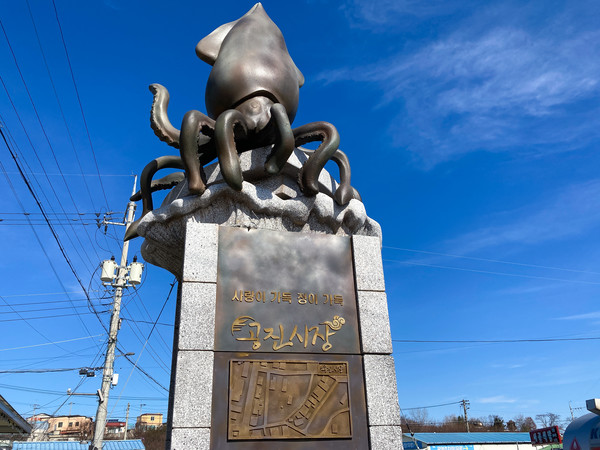
Hometown Cha-cha-cha: Cheong-ha si-jang
Hometown Cha-cha-cha, also set in Pohang, is a story about Yoon Hye-jin, who moves to a fictitious seaside village, Gong-jin, and opens a dental clinic. There she meets Hong Du-sik, a talented handyman who takes care of the miscellaneous jobs requested by his neighbors. Although the plot mainly focuses on Hye-jin and Du-sik’s budding romance, it is supplemented by the charming lives of the people of Gong-jin and the hardships they face. At its heart, Gong-jin si-jang is a place of sentimental value as it is where Gong-jin neighbors and other characters spend most of their time in the drama.
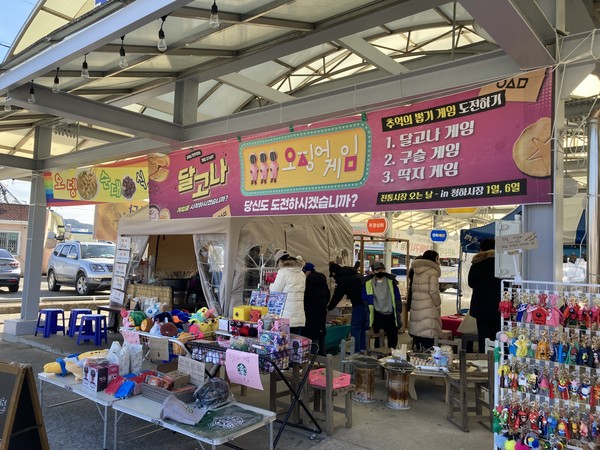
In Cheong-ha si-jang—the real location of Gong-jin si-jang—one can find the sets for Bo-ra Supermarket, Gong-jin Chinese Restaurant, Gong-jin Ironware, and Gong-jin Café. In Cheong-ha si-jang, several dal-go-na[3] experience zones were set up for children. By paying ₩3,000, one can experience making dal-go-na, a trend gone viral since the release of popular K-drama Squid Game. Even though it is irrelevant to the show Hometown Cha-cha-cha, families gathered for the fun dal-go-na making experience as an unexpected addition to their trip. In front of each drama set, a long line of people waited for their turn to take a picture. The detailed maps and posters created by the local government help the visitors to orient themselves as they ponder their next exploration.
Drama sets revitalizing small towns
After When the Camellia Blooms was aired, more than 90,000 people visited Guryongpo-eup in a month[4]. In the case of Hometown Cha-cha-cha, more than 100,000 people visited Cheong-ha si-jang in the span of three months[5]. Even though When the Camellia Blooms ended three years ago, it is still hard to find a vacant spot in a parking lot near Gu-ryong-po Japanese House Street during weekends and holidays. As for Cheong-ha si-jang, considering the lack of public transportation access to Cheong-ha si-jang from downtown Pohang, the crowd of visitors is astounding.
Kim[6], a local resident of Pohang who frequently visits Cheong-ha si-jang, shared: "Usually, there aren't any people in Cheong-ha si-jang unless it is jang-nal[7]. And even during jang-nal, only the elders living in neighboring villages used to come by. But after the airing of Hometown Cha-cha-cha, a lot of young couples and families started to visit Cheong-ha even without the special occasion. I like how more people are visiting Cheong-ha. I am not part of the merchant association, so I don’t know the exact details, but I am pretty sure it helped the community as a whole during the pandemic.” Overall, Kim evaluated that the drama sets helped the community to become livelier. However, Kim also expressed concerns about the show’s popularity overpowering the community’s principal identity. “It feels like Cheong-ha is being swallowed up by a fantasy place, Gong-jin,” he said. While the drama sets are bringing these overlooked neighborhoods into the spotlight, it appears that the drama sets may, in turn, overshadow the identity and the local charm of the settings.
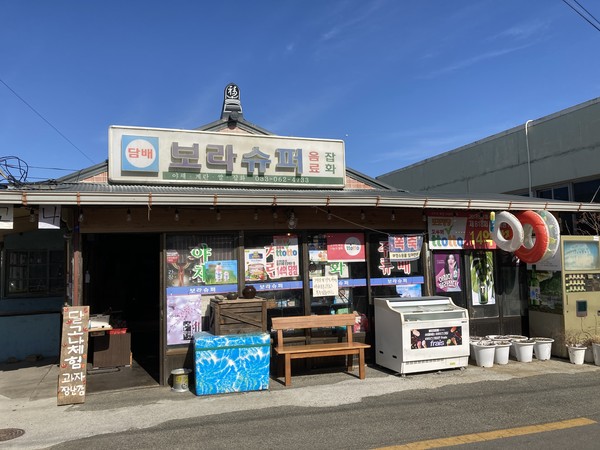
When the Camellia Blooms and Hometown Cha-cha-cha both proved that the effective preservation of the drama sets can revive communities. With close cooperation between the district offices and production companies, more beautiful places and villages in Korea can be discovered and remembered. To take a step further, rather than simply displaying the drama sets, it is time to consider preserving the identity of the place when opening it up to the public as a filming location.
[1] Si-jang: Market
[2] Jeong: A sense of attachment and affection between people who have seen each other for a long time
[3] Dal-go-na: A Korean sugar candy
[4] Gyeongbuk Domin
[5] Gyeongbuk Maeil
[6] Kim requested to stay anonymous
[7] Jang-nal: Market day

